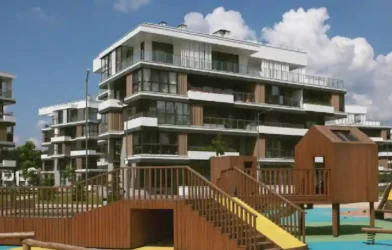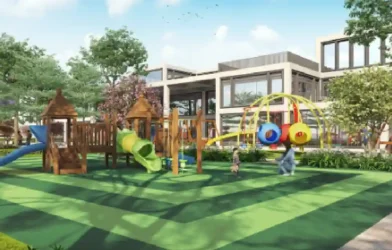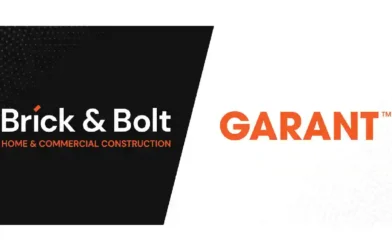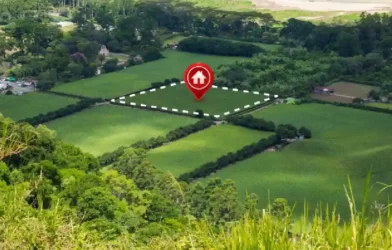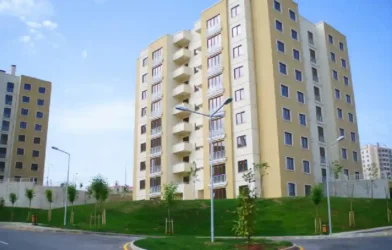Subtotal ₹0.00
Harsh Vardhan Patodia, National President, Confederation of Real Estate Developers Associations of India (CREDAI) is much concerned that the recent gains made by the real estate in the post-covid months do not get negated by the headwinds currently sweeping the sector, in the form of increasing interest rates and rising property prices. He believes that maintaining a balance between price and profit can ensure that property buyers are not priced out in the market. Here, in this exclusive interview with Torbit Realty, Patodia talks about property buyer’s sentiment, funding challenge before the industry and challenges and prospects ahead for the real estate sector Excerpts
With the prevailing global economic and geopolitical headwinds, rising interest rates and increasing property rates, what according to you is the road ahead for real estate in terms of challenges and prospects ?
With the worsening global geopolitical situation and economy, we are witnessing turbulent times. The interest rates are steadily going up . The rise in construction cost resulting in increasing property prices, is having a bearing on the demand side. With increasing interest rates, the cost of capital is going up for developers. To make matters worse for them, their margins are shrinking as the construction cost is rising due to increase in the prices of raw materials. So, there is an immediate short-term challenge from developers’ perspective. They need to watch out for the next 3-6 months. They have to replan their business with a new strategy.
Talking of prospects, there is a healthy demand in all the segments of real estate- be it residential, commercial, logistics, warehousing, co-woking, co-living. There is a new cycle in which home buying has become important. In fact, home has become an epicentre of life, in terms of online education, work from home, online shopping, healthcare , leisure and recreation. Except for some short term blips, going forward we will see a good demand for real estate. We are already seeing easing of prices of crude oil and commodities and metals. The inflationary pressures should also ease in the coming months. The mid to long term story remains promising in view of economic and infrastructure development and India emerging as a major pharma, manufacturing and knowledge hub. The opening up of tier 2 and tier 3 markets throws up a big opportunity for real estate growth.
How do you look at the property buyer’s sentiment getting adversely impacted in the present scenario ?
There is a problem across the globe and a lot of negativity is coming because of geo-political tensions and inflation. This is definitely impacting people’s sentiment. Real estate buyers have become defensive. But then on the other hand, it is a good time to buy as prices will rise in future and in real estate there is no perfect time to buy.
Prices are a function of material, labour and finance cost. Next 3-4 months, the prices should hold. Looking at buyer’s capacity, we are concerned about maintaining a fine balance between price and profit. Developers are planning ticket sizes with affordable EMIs so that property buyers are not priced out from the market.
Funding continues to pose a big challenge for the sector.Especially as the interest rates are going up. Comment ?
The real estate business model has undergone a change. The customers want to enter at a later stage to minimise risk . As such, the developer has to invest more equity in the project. A financially sound and disciplined developer with a good rating can negotiate a better cost of capital , irrespective of whether he is a small or big developer. But then obviously big players and strong brands who are financially more disciplined and have capacity to execute and deliver projects much faster are in a dominant position. On the other hand, those players who do not measure up to these parameters, end up sourcing funds at a higher cost.
What is buyers’ sentiment/confidence level for under-construction properties?
In view of the high offtake of residential real estate over the last few months, ready-to-move and nearing completion inventory has significantly gone down. And the current market conditions do not support a build to sell model due to high cost of funding. As such the buyers are looking at under-construction projects with renewed interest as these projects are designed and tailored to suit the present day needs of home buyers. Also, with maturing REAR and improvements in execution and delivery capabilities of developers , the home buyers’ confidence in under construction properties is picking up. They are on a look out for best possible deals, especially from good brands/reputed developers.
How do you see the role of RERA in aiding real estate growth ?
RERA has worked very well for the real estate sector. It has differentiated boys from men . It has brought in transparency and discipline in the sector, increasing the confidence of lenders and buyers . Though challenges are still there, they are not very significant. They are more micro issues which will get resolved over a period of time. Post- RERA, there are no issues. Legacy issues are however still there which will take time to settle. It is however quite heartening that the government- backed SWAMIH Fund together with Private Alternate Investmentment Funds for last-mile funding of stalled housing projects , are easing the situation.
As an apex industry body of real estate developers, what is your priority agenda ?
Today, the biggest challenge before the organised growth of the real estate sector is skill development. We need to get more trained and qualified workers. Post-Covid , the supply chain still remains disrupted. We need to work with suppliers , telling them about development needs of the industry. Online marketplaces may also help in this regard. Since strong execution capability and faster and quality delivery is the key to real estate growth these days, we have to ensure faster adoption of technology . Further, at the industry level, Single window clearance to bring down compliance costs and rationalisation of GST are the other key issues.









